This article on Beagles is part of a series to highlight the Big Picture of health, welfare and breeding and to help develop Globally Relevant Integrated Health Profiles (GRIHPs) for dog breeds. See IPFD's Get a GRIHP! on Breed Health Initiative
This is a 'living document' - so if you have additional material to share or point us to - please let us know!

The Beagle at a Glance
The Beagle is a British pack hound bred to hunt hare by following a scent. The breed was established in England by the 15th century. Queen Elizabeth kept a pack of miniature Beagles small enough to be carried in a saddle pannier or a pocket. The miniature version has fallen out of favor in the UK, but in the USA the breed is shown in two varieties and the smaller one is known as the Pocket Beagle. (source: The Kennel Club)
The UK breed standard describes the Beagle as a merry, amiable hound. It describes further: “Bold, with great activity, stamina, and determination. Alert, intelligent and of even temperament.”
All this makes the Beagle also a quite popular companion dog. The breed is also one of the most popular laboratory dogs because of its suitable size and adaptability.
The Beagle is strongly divided in show and working lines in many countries.
What Do Caretakers Need to Know?
 As its history as a hunting breed, the drive for hunting is there in every Beagle. As pack dogs, Beagles like to have company. They also need daily exercise. Keeping alone and/or only in the house as a pet might increase problematic behavior.
As its history as a hunting breed, the drive for hunting is there in every Beagle. As pack dogs, Beagles like to have company. They also need daily exercise. Keeping alone and/or only in the house as a pet might increase problematic behavior.
Beagles are noted as one breed getting easily obese, which the owner must keep in mind. Excess weight can also increase the risk of intervertebral disease, which Beagles are prone to.
Beagles have a risk to skin conditions, which may require regular care throughout the dog's life.
Key Hereditary Health Conditions
-
Skin conditions, allergies
-
Infections, especially anal gland
-
Epilepsy - also Lafora disease, which is late onset progressive myoclonic (jerking) epilepsy. Age of onset from 5 years. Beagles are reported to have a more severe form of the disease and can be drug resistant.
-
Musladin-Lueke syndrome - manifests as extensive fibrosis of the skin and joints. Age of onset from birth. A DNA test exists.
-
Steroid Responsive Meningitis (SRMA), an immune mediated (autoimmune) inflammatory disease. Earlier called Beagle Pain Syndrome (BPS).
-
Imerslund-Gräsbeck syndrome - can present as a medical emergency. Symptoms include failure to thrive, anorexia, low white blood cells, anemia, defective blood formation, decreased immunity, vitamin B12 deficiency, metabolic disorders, excess ammonia in the blood, and protein in urine. Age of onset from 12 weeks. A DNA test exists.
-
Intervertebral Disc Disease (IVDD)
Beagles are chondrodystrophic dogs. Chondrodystrophy is caused by a retrogene (CDDY) in the chromosome 12. The CDDY allele is fixed in the breed (UC Davis material). This means that there are no normal alleles. This is a risk allele for Intervertebral Disc Disease (IVDD).
250128 VetCompass Beagle infographic.pdf
Statistics and Health Strategies
Agria - Swedish Breed Profiles (Morbidity and Mortality)
We recommend that you download the Agria Breed Profiles for the Beagle and study them for full available information. Some excerpts are shown below.
Download the Profiles for 2006 – 2011 and 2011 – 2016 here (Access is free, but sign-in to DogWellNet is required)
The great benefits of the Swedish Insurance Data are that they include almost 40% of the national population of dogs, and so are very representative. Note that animals at very old ages are likely under-represented. Most importantly, information is available on all insured dogs, not simply those who get sick or die.
Extracts from Veterinary Care Events - MORBIDITY
Relative Risk Morbidity of Beagles compared to All Breeds (Chart 1): 1.03 (The risk in the breed is the same as for All Breeds).
Most frequent general causes: digestive, injury, locomotor, neoplasia (Chart 3).
Most frequent specific causes: vomiting/diarrea/gastroenteritis, skin tumour, otitis, locomotor (Chart 5).
Largest relative risks compared to All Breeds (Chart 6 – not included here):
-
inflammation in central nervous system (most probably SRMA, steroid responsive meningitis): 12 times the risk in All Breeds.
-
eyeball trauma: > 4 times the risk in All Breeds, and
-
prostate hypertrophy/-plasia/cyst > 2 times the risk in All Breeds.
Locomotor: spinal >1,5 times the risk in All Breeds (Chart 7).
More Info
Extracts from Agria Breed Profile (Life) - MORTALITY
Median Age (years) at death: 7.4, the same as in All Breeds.
Relative Risk Mortality of Beagles compared to All Breeds (Chart 1): 0.84. (The risk in the breed is much lower than for All Breeds).
Most frequent general causes of death (Chart 3): injury, neoplasia, neurological, locomotor. Of those, injury and neurological are more common than in All Breeds.
Most frequent specific causes of death (Chart 6): hit by car/train/vehicle and epilepsy. For the former, Beagles have > 2.5 times the risk in All Breeds.
More Info
Finland: Mortality Data 2014-2023
The average life expectancy according to the Finnish statistics is 11 years.
The most common specified causes of death are old age (at 13 years 8 months), tumor/cancer (11 y and 1 mo) and accidents (5 y and 6 mo).
The high number of accidental deaths lower the life expectancy significantly.

Source: Finnish Kennel Club breeding database
DNA Tests – Harmonization of Genetic Testing for Dogs
 The Harmonization of Genetic Testing for Dogs (HGTD) is a large collaboration project run by the IPFD. The HGTD includes 82 academic and commercial genetic test providers (GTPs) in 26 countries.
The Harmonization of Genetic Testing for Dogs (HGTD) is a large collaboration project run by the IPFD. The HGTD includes 82 academic and commercial genetic test providers (GTPs) in 26 countries.
Our searchable database currently holds information on 300+ conditions/traits across all breeds/types.
Breed Relevance Rating (BRR) indicates the level of available evidence supporting the application of a specific genetic test for a specific breed/type:
 Some, moderate or strong evidence from available research. The test may be meaningful or recommended for this breed.
Some, moderate or strong evidence from available research. The test may be meaningful or recommended for this breed.
 Currently no evidence of relevance for the use of this test in this breed, or the test is not known in this breed. This rating should be expected to change as evidence becomes available.
Currently no evidence of relevance for the use of this test in this breed, or the test is not known in this breed. This rating should be expected to change as evidence becomes available.
 All current available evidence has been reviewed, but relevance is inconclusive, and/or the clinical form of the disease has never been seen in this breed.
All current available evidence has been reviewed, but relevance is inconclusive, and/or the clinical form of the disease has never been seen in this breed.
 All current evidence indicates that the test is not meaningful or recommended in this breed.
All current evidence indicates that the test is not meaningful or recommended in this breed.
More information on the HGTD project in this link.
See the HGTD – DNA tests for Beagle here
Summary:
There are a number of breed-associated genetic health tests available for the Beagle that breeders and prospective owners should be aware of to reduce the risk of passing on inherited diseases. While generally quite a healthy dog, the Beagle may have more genetic tests available than some other breeds due to being a popular, and commonly studied breed in research – not unlike the Labrador Retriever.
With the exception perhaps of eye disease, the majority of health concerns for the breed do not have a genetic test, such as hip dysplasia and skin concerns.
Currently, those breed-associated disease tests with at least some evidence of relevance include:
-
Ataxia, Spinocerebellar, SPTBN2-related

-
Chondrodystrophy (CDDY and IVDD)

-
Factor VII Deficiency

-
Hypocatalasia (Acatalasemia)

-
Imerslund-Gräsbeck Syndrome (I-GS), CUBN related

-
Musladin-Lueke Syndrome

-
Myoclonus Epilepsy of Lafora

-
Osteogenesis imperfecta, COL1A2-related

-
Osteogenesis imperfecta, type III, COL1A1-related

-
Primary Open Angle Glaucoma (POAG) ADAMTS10

-
Pyruvate Kinase Deficiency

In addition, Chondrodysplasia (CDPA) has been incorrectly associated with the breed, according to the researchers who developed the tests for CDPA.
It is important to note that there are other genetic tests for both diseases and traits that may be relevant to the breed, but either do not currently have breed-specific research or are under investigation. It is also important to note that the tests that are relevant for the breed can change over time, and different populations will have different priorities for concerns.
♦ BIG PICTURE THINKING ♦ Please take into consideration - Most of the conditions with genetic tests are rare in the general population, but valuable for breeders to use to efficiently reduce risks while supporting good genetic diversity in the breed as a whole. See the Genetic Diversity section below. Also be aware that there are many DNA tests that are available for ALL breeds, that while the test itself is valid, the condition may not be a major health concern or included in health strategies for every breed. See the HGTD for a full list of DNA tests including "Trait" and "Parentage" tests.
There are a number of tests available, particularly tests for traits such as coat color, or health issues that are available to all dog and may be important to specific breeding lines or breeding goals. We welcome contributions from breed experts and researchers to help us keep our information up to date.
Health Screening Summary - By Country
(Source: Breeding Strategies, see below)
R1-Mandatory for registration
R2-Recommended
R3-Recognized
|
Condition/trait
|
UK
|
US
|
FI
|
SE
|
NO
|
NL
|
GE
|
FR
|
|
Epilepsy
|
|
|
R2
|
R3
|
R3
|
|
|
|
|
DNA: M-L syndrome*
|
R1
|
R1
|
R2
|
R2
|
R2
|
R1
|
|
|
|
Lafora disease
|
R1
|
R2
|
R2
|
R2
|
|
R1
|
R1
|
|
|
Hypothyroidism
|
|
R2
|
|
R3
|
R3
|
|
|
|
|
SRMA*
|
|
|
|
R3
|
R2
|
|
|
|
|
Spine
|
|
|
|
|
R3
|
|
|
|
|
DNA: I-G syndrome*
|
R3
|
|
|
|
|
R1
|
R1
|
|
|
Factor VII deficiency
|
R3
|
R2
|
|
|
|
|
|
|
|
DNA: Ataxia*
|
R2
|
R2
|
|
|
|
|
|
|
|
DNA: DM*
|
|
|
|
|
|
|
|
R1
|
|
Hip Dysplasia
|
|
R1
|
|
|
|
|
R1
|
R1
|
|
Patella luxation
|
|
R2
|
|
|
|
|
|
|
|
Cardiac disease
|
|
R1
|
|
|
|
|
|
|
|
Eye disease
|
|
R1
|
|
|
|
|
|
|
|
Temperament
|
|
|
|
|
|
|
R1
|
R1
|
*M-L syndrome = Musladin-Lueke syndrome; SRMA = Steroid Responsive Meningitis; I-G syndrome = Imerslund-Gräsbeck syndrome; Ataxia - Neonatal Cerebellar Cortical Degeneration; DM = Degenerative Myelopathy
Note: The table above provides some of the most common health screening information from clubs in the countries listed. See the individual club websites for the most recent and accurate information on health management in the Beagle breed. For example Finland, Sweden and Norway note also dental issues (bad bites), cryptorchidism, skin and gastrointestinal problems.
Breeding Strategies and Health Screening Statistics
UK
Health Scheme for the Beagle in The Kennel Club
Scandinavian Countries
Scandinavian breed clubs work actively together in solving health issues in breed. All of them also aim to maintain working qualities.
Breeding strategies:
Health Screening Statistics:
-
Hip dysplasia: 46-55 % of screened dogs have been healthy/borderline (see the figure below).
-
Elbow dysplasia: most screened dogs have been healthy during 2013-2022. Number of screened dogs: 120 (FI), 12 (SE), 15 (NO).
-
Patella luxation: FI – out of 148 examined dogs, 7 dogs had the mildest grade (1) luxation during the years 2013-2022, others had normal patellas.
-
Eye disease: FI – most common finding is distichiasis. SE and NO – only few examined dogs.
Hip dysplasia FI, SE, NO:


France
Germany
The Netherlands
US (AKC)
US (OFA)
-
Recommended health screening tests
Healthy (%) of the examined dogs (https://ofa.org/diseases/disease-statistics/):
Hip dysplasia: 79 %
Elbow dysplasia: 100 %
Eye disease: 98 %
Cardiac: basic examination 99.6 %; advanced examination 96 %
Patella luxation: 98 %
Thyroid: 81 %
Research
These results confirm the Beagle as a generally healthy breed, with a lifespan and disorder profile similar to dogs overall. However, owners and veterinary teams should put special emphasis on care related to bodyweight control and dental hygiene in Beagles.
O’Neill, D.G., Schiksnis, M.R., Brodbelt, D.C. et al. Beagles kept as companion animals in the UK – demography, disorders and mortality. Companion Anim. Health Genet. 12, 1 (2025). https://doi.org/10.1186/s40575-024-00140-9
…no significant effect of inbreeding was found in any of the stocks, nor in the whole (analyzed) beagle population.
Borbála, Kitti, Eszter, et al. 2020. Comparison of Behavior and Genetic Structure in Populations of Family and Kenneled Beagles. Frontiers in Veterinary Science 7. DOI=10.3389/fvets.2020.00183.
References and Resources
UK
Finland/Breed Club: Suomen Beaglejärjestö - Finska Beagleklubben ry
France/Breed Club: Club Francais du Beagle, Beagle-Harrier, Harrier
The Netherlands/Breed Club: Beagle Club Nederland
Norway/Breed Club: Norske Harehundklubbers Forbund
Sweden/Breed Club: Svenska Beagleklubben
IPFD/DogWellNet Resources for the Beagle:
IPFD and The World Small Animal Veterinary Association
See our series of Meet the Breed articles in the WSAVA Bulletin and associated Get a GRIHP! Articles on DogWellNet.com:
-
Welsh Corgi
-
Dachshund
-
French Bulldog


-
Australian Shepherd
-
Saluki
-
Golden Retriever
-
Bernese Mountain Dog
-
Black Russian Terrier
-
Pug
-
Finnish Spitz
-
Rhodesian Ridgeback
-
Rottweiler
-
Whippet
-
Belgian Shepherd
-
English Bulldog
-
Irish Soft Coated Wheaten Terrier
-
Dalmatian
-
Border Terrier
-
Staffordshire Bull Terrier
-
Siberian Husky
-
Dobermann
-
Shih Tzu
-
English Setter
-
Beagle
-
Chihuahua
 IPFD is truly a "people driven" service organization. We allocate the bulk of our financial resources to maintain a small but dedicated team of consultants to manage our modest resources and facilitate the activities of our stakeholders, with the aim of achieving our collective goals.
IPFD is truly a "people driven" service organization. We allocate the bulk of our financial resources to maintain a small but dedicated team of consultants to manage our modest resources and facilitate the activities of our stakeholders, with the aim of achieving our collective goals.
Your generous donation helps ensure our long-term sustainability and supports ongoing efforts to create an enduring global collaboration that enhances the health, well-being, and welfare of all dogs worldwide.
All donations are handled via PayPal.
 Donate
Donate
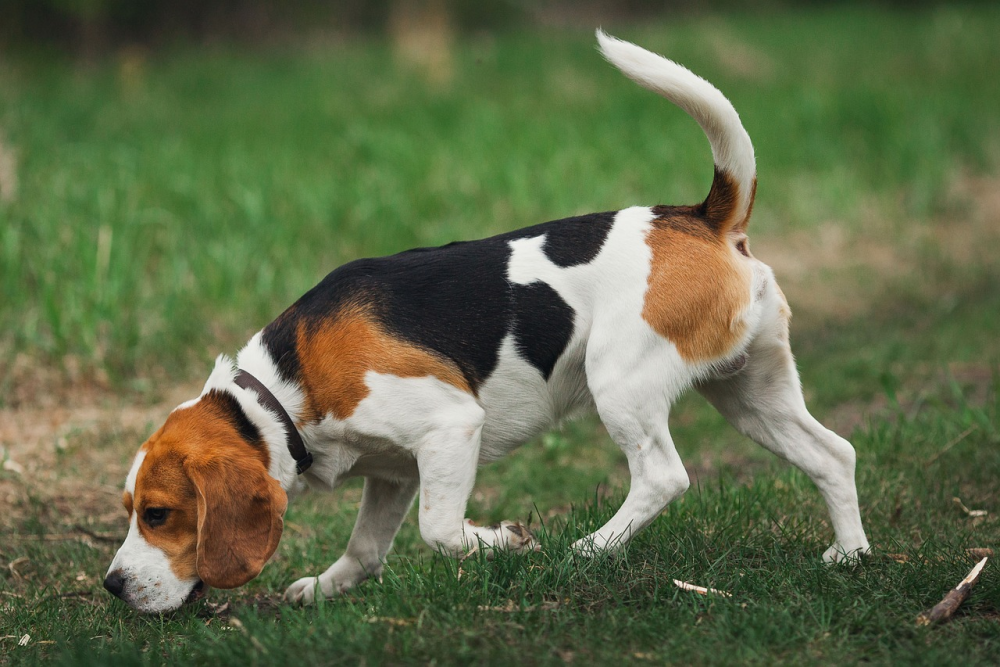
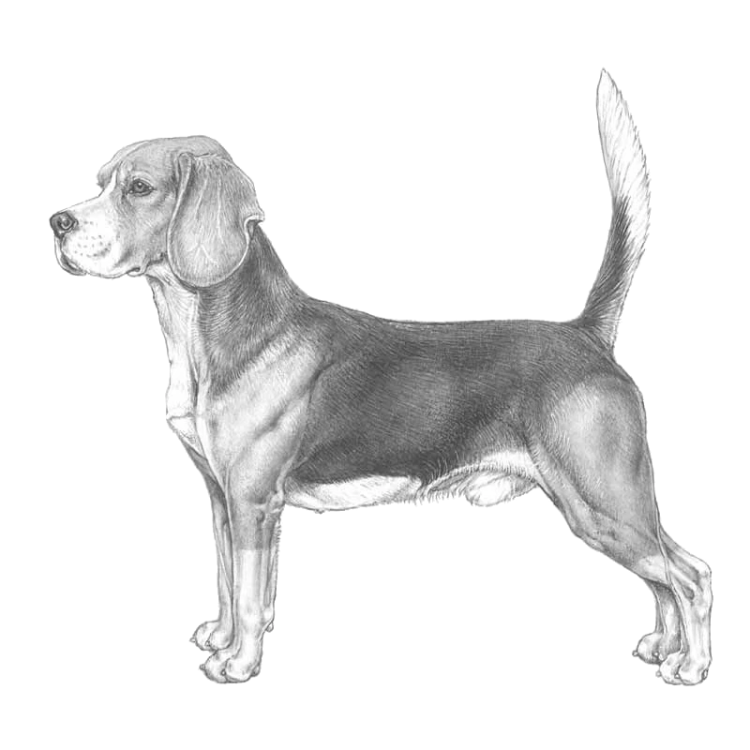

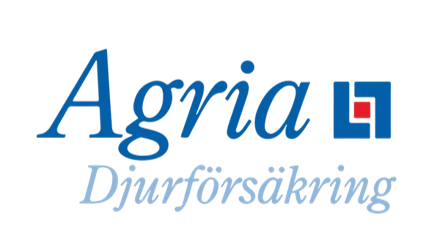

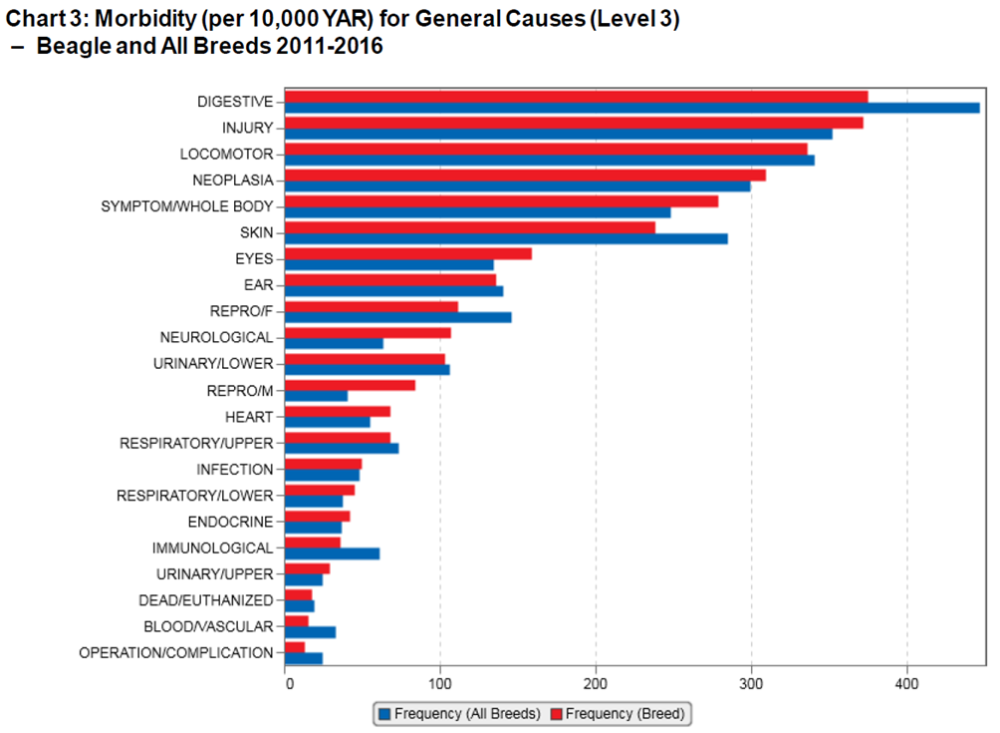



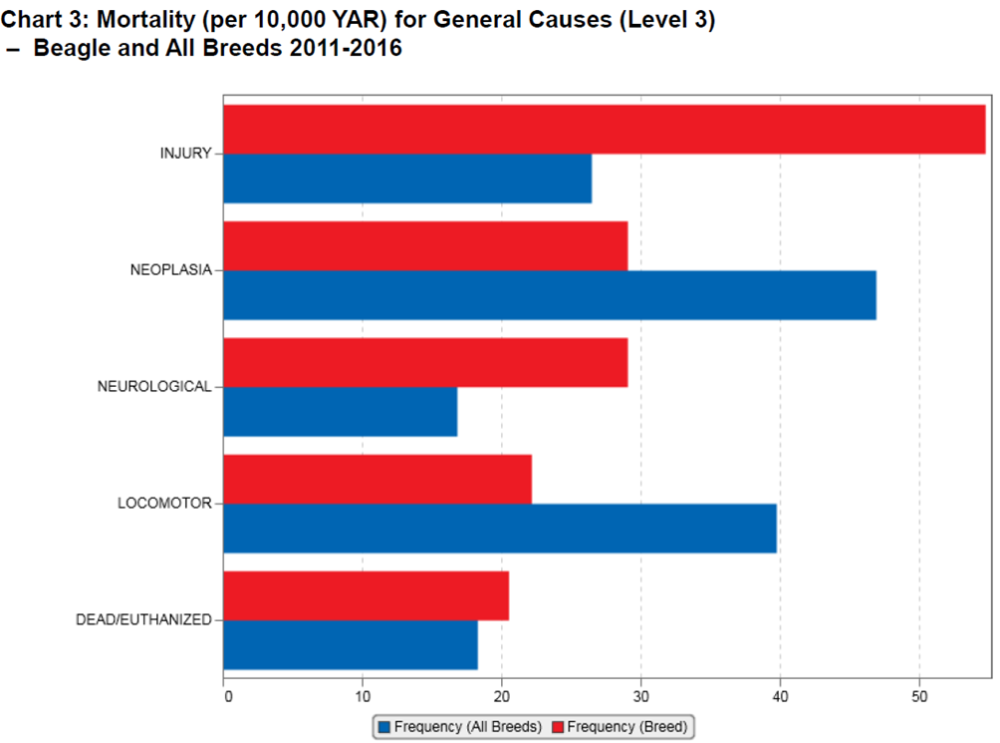
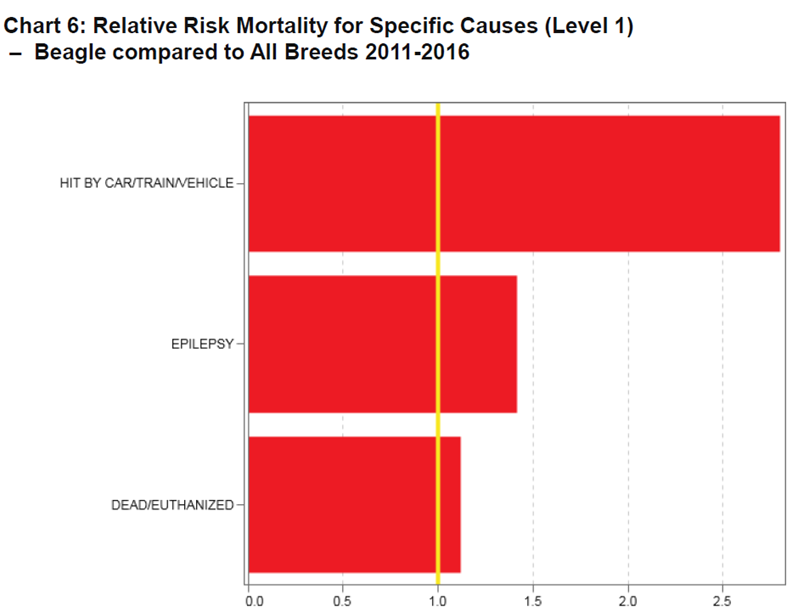
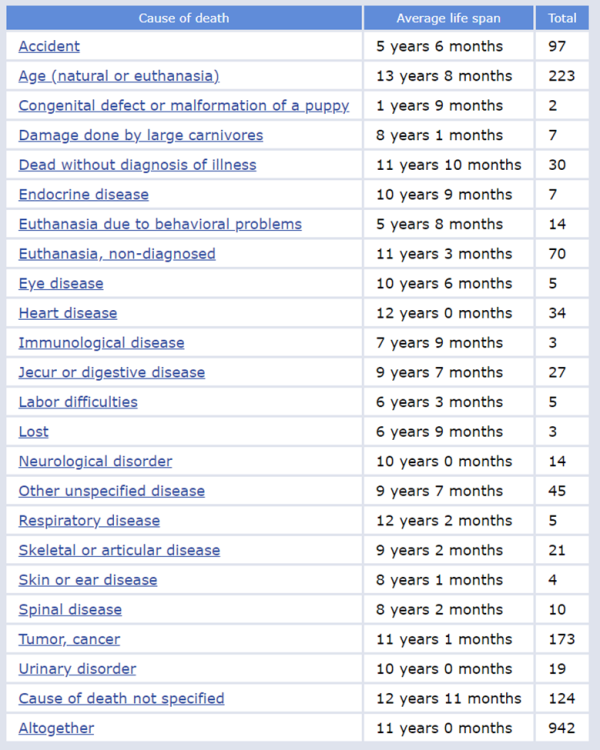

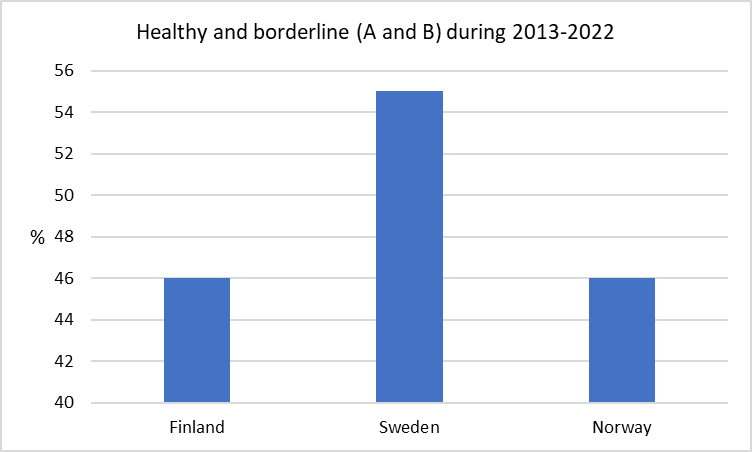
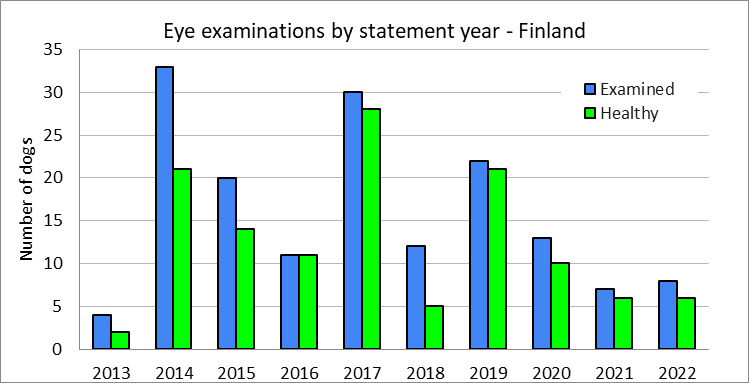



Recommended Comments
There are no comments to display.
Join the conversation
You can post now and register later. If you have an account, sign in now to post with your account.
Note: Your post will require moderator approval before it will be visible.